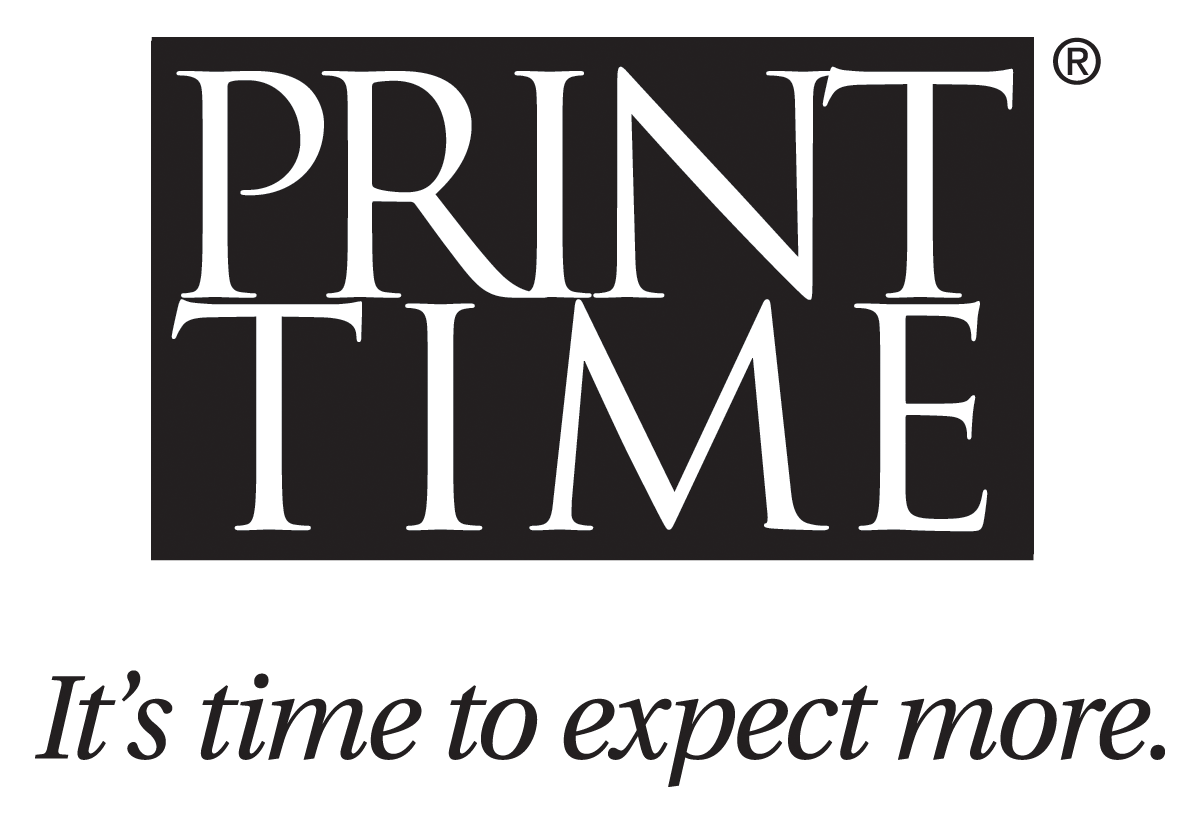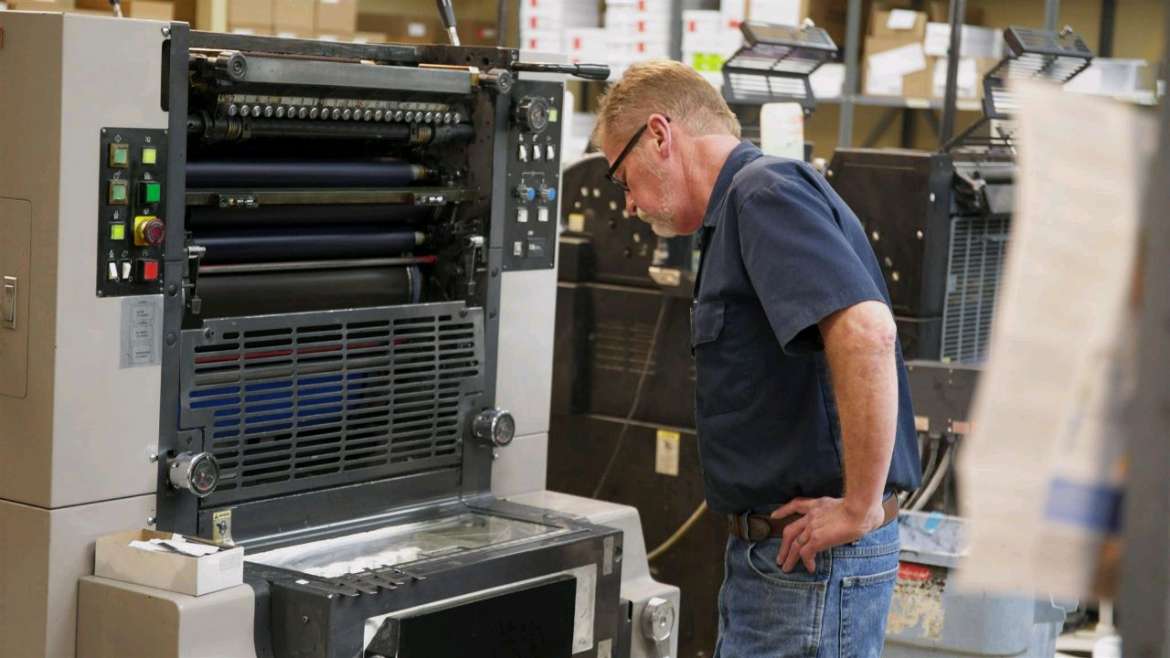The best way to explain offset printing to people is to make them think of some of the world’s best-known print materials: books and magazines. These products are often created thanks to offset printing; all of them are made the same way and in mass quantities. More people find that digital printing is a familiar, accessible process; offset printing is more traditional.
What’s offset printing?
When you print digitally, perhaps from your office or home printer, you usually take a file or image from the computer and simply use software to print it digitally. But with offset printing, the use of specially-created plates is required. These plates are made of aluminum, and they transfer the image onto a rubber blanket. The plate gets coated with a layer of ink. It might be Cyan, Magenta, Yellow, or Black. Then the image gets pressed into the paper. To build up different colors in images that appear in the printing, multiple layers of ink get pressed on top of each other. This method is why you might notice that specific colors haven’t been printed precisely on top of each other in some poorly done offset printing.
What are the benefits?
The image quality in offset printing, when done by experts and professionals, is top-notch superior work. The types and images are crisp, clean. The colors are often more accurate and well-balanced. Furthermore, this type of printing works well in just about any material.
If you’re looking for more bang for your buck, offset printing is the way to go, especially when printing in large volumes. This applies to everything from pamphlets to books and magazines, along with anything else that requires mass amounts of high-quality printing. But if you’re not looking to print thousands of items, you might be better off going for the digital option. It can be expensive to have plates created for your printing, and it won’t be easy to change if there are any errors.
Ultimately, Print Time says that offset could be an excellent method of printing for the right need. If you’re looking for outstanding, flawless quality in mass production, this is the way to go.
Print Time helps their customers figure out what method of printing is ideal for their needs. Visit PrintTime.com to learn about your options.


Leave a reply